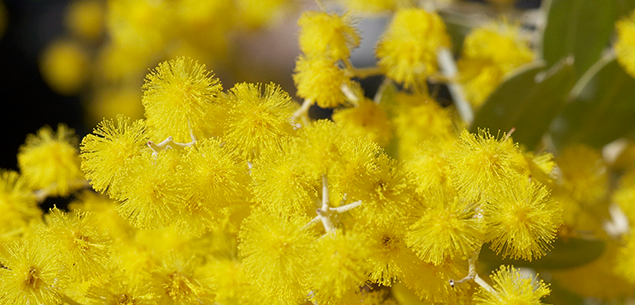If you’re constantly trying to alleviate puffy eyes in the morning, sneezing or have a head that feels clogged and heavier than it should be, then hay fever might be getting the better of you.
Hay fever is a common allergy in New Zealand, with approximately 20 per cent of Kiwis affected and lasts around 34 weeks, so it might feel like this problem just won’t go away.
A survey by Dyson revealed that almost half of Kiwis who experience allergy symptoms believe their symptoms are made worse by poor air quality in the home (47 per cent), and only 36 per cent realise that pollen can actually affect them inside their home.
Now To Love spoke to Asthma and Respiratory Foundation NZ Chief Executive Letitia O’Dwyer at the Dyson Pure Cool Purifying Fan launch, where we discussed the air we breathe and how it affects our asthma and allergies. We asked Letitia to share her top tips on tackling hay fever….
Keep a diary tracking how your allergies affect you
There are certain times of the day or year when airborne allergies are at their worst. If you haven’t figured out what’s causing your allergies, try writing down the date and everything you do to see if any patterns arise.
2. Take note of what’s in your garden
There are various types of pollen in New Zealand which are can trigger allergies. It’s not just flowers you need to watch out for, it’s trees too. For example, olive and silver birch trees are big pollen producers, as well as grass and pine trees.

3. Avoid opening your windows in the morning as this is when pollen is most active in the air
We all like to freshen up our homes in the morning by opening the windows but if you suffer from airborne allergies and hay fever, it’s not always advisable as this can exacerbate the problem. A purifier with a HEPA air filter that can capture airborne pollutants may be a good solution to aid in removing pollen from the air inside your home.
4. Use an air purifier to remove ultra-fine particles from the air
Pollen varies in size and some may be ultra-fine that you can’t see it with the naked eye. The same applies to other indoor allergens too. One way you may be able to remove these micro-particles from the air is with a purifier that has a HEPA air filter that can capture small airborne pollen particles.

5. Keep pets outside of the bedroom and particularly off your bedding
For pet owners in particular, people might not realise that it’s not the fur that causes the most issues, it’s the unseen small particle allergens including pet dander that floats through the air and can be inhaled. If you have hay fever allergies, it is recommended not to let your pet sleep in the bedroom with you. In addition to the dander they may drop on your duvet, they might also bring in pollen with them collected on their fur.
6. Dust with a wet or electrostatic cloth and vacuum regularly
Check your window sills regularly for mould and wipe this away with a wet cloth as soon as you spot it because mould creates spores you can’t see that might be exacerbating your allergies. This will wipe away pollen that might have accumulated here too, and may stop it blowing inside.
7. Check the pollen NZ calendar and minimise exposure to high pollen counts
Try to minimise exposure when it’s windy and a high pollen count day. Pollen is usually emitted between 5am-10am, so on high pollen day its advised to stay indoors until after 10am if you can.
Check the pollen calendar here and check out the Sensitive Choice website for more information.

